
Ghost of Tsushima Director's Cut (PS5) - Review
by Paul Broussard , posted on 09 September 2021 / 4,861 ViewsAuthor's note: The following is a new experiment we're testing as a means to try and more fairly score re-releases. While both the old and new content present in Ghost of Tsushima Director's Cut will be discussed, the score at the end of the review exclusively reflects the quality of the new content.
A year has passed since the launch of the original Ghost of Tsushima, Sucker Punch’s most ambitious game to date. A mixture of stealth, action, open world, and haiku composition with all the emotional weight of “Press F to pay respects”, it's now back and featuring more content in the form of Ghost of Tsushima Director’s Cut. But is this Director’s Cut worth shelling out the extra money for? There are lots of changes, so read on.
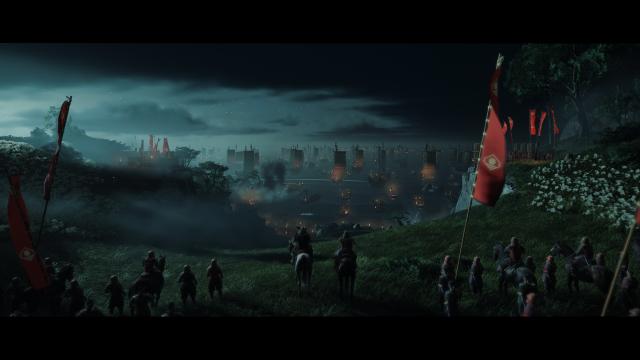
The Old Content: The Base Game
One of the better changes included is a myriad of new possible button layouts, allowing for more accessibility and letting players choose which control scheme fits them best. While having a variety of control options available is certainly nice, unfortunately none of them allow you to put attacks on the shoulder buttons, which I think would be ideal as it would let you babysit the camera and attack simultaneously. I don’t really understand why developers that go to the trouble of allowing for various control schemes won’t just let players remap buttons independently to create custom control methods. Still, this is a notable improvement on the original release of Ghost of Tsushima, which railroaded players into a default control scheme.
Another restriction that has been tossed out the window is the inability to lock onto enemies, and thank God for that. Jin can now reliably attack the enemy that you want him to, rather than his friend or a random nearby piece of shrubbery. It also goes to show just how insipid Sucker Punch’s original excuses that a lock on would be harmful to the game’s atmosphere or prevent people from handling groups of enemies were. You can pretty easily swap between lock on or a lack thereof, which is useful when you’re trying to take out one particular enemy or looking to just quickly engage in some crowd control.
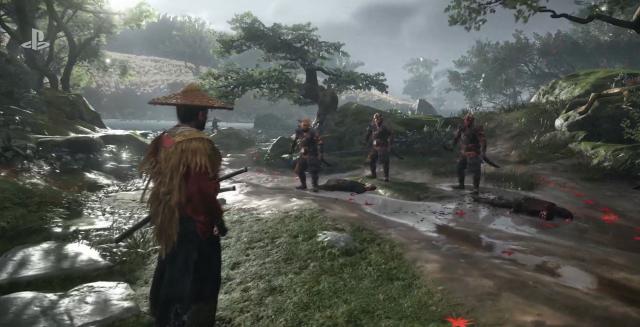
If there’s one nitpick I can make about the lock on, it’s that the default control scheme (which most players are probably used to using at this point) has lock on forcibly bound to Up on the D-Pad, which is rather annoying to press mid battle. Still, it’s difficult to understate how much this improves Ghost of Tsushima’s combat. Enemies no longer slip off screen, the player is no longer forced to take their fingers off the sword buttons to adjust the camera mid fight, and Jin is far less likely to whiff attacks due to no fault of the player.
Looking past the gameplay changes, there are a couple of aesthetic adjustments too. Ghost of Tsushima looked beautiful on the PS4 and looks even better on PS5. The addition of 60 FPS does a ton for the feel of the title. There are a few alterations with regards to the DualSense controller, like simulated tension in pulling a bow, which some people may appreciate, but I ultimately couldn’t care less about.
Beyond that, the base game of Ghost of Tsushima is by and large the same game as it was on PS4, so if you played that you’ll know what to expect. If you missed out on the original Ghost of Tsushima, however, it’s an open world stealth action title set in feudal Japan that sees samurai Jin Sakai’s island home of Tsushima overrun by Mongol invaders. After barely escaping death and watching his uncle being captured, Jin is introduced by an assassin to revolutionary concepts of stealth and not openly challenging a fortress of a hundred people to a duel. This leads him down a path split between being a samurai of honor and being a ghost who doesn’t get instantly murdered.
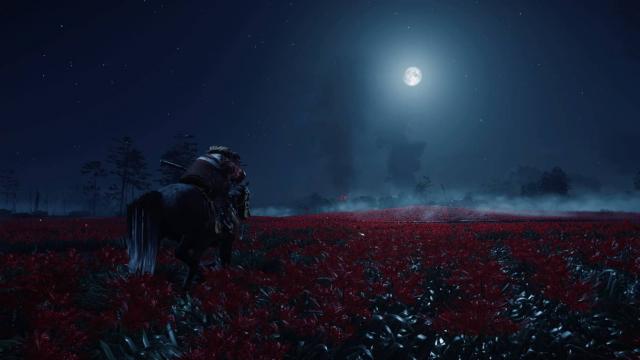
In my previous review of Ghost of Tsushima, I mentioned that this dilemma wound up feeling somewhat cheapened by just how easy both the stealth and the combat are. The stealth AI was absolutely laughable, which meant that with the exceptions of the occasional forced stealth segment, there was never any real penalty for being caught. The combat was pretty easy as well, even on Hard, which meant that as long as you didn’t neglect to upgrade Jin’s equipment, you could pretty much just fight your way out of any situation. A game that should have, in theory, specialized in both stealth and swordplay ultimately ended up specializing in neither, and this created a very bland product with little to praise besides some beautiful scenery.
Fortunately, this has changed somewhat with the addition of a new feature that wasn’t added in the Director's Cut, but rather included as a free downloadable update a few months after the vanilla title’s launch. The new Lethal difficulty puts a much more interesting spin on proceedings, boosting enemy counts, making them more aggressive, and also dramatically increasing player and enemy damage output.
This means that there’s now a genuine incentive to use stealth, as enemy bases tend to be far more tightly packed. The stealth AI may still be unforgivably awful and forget you every time you so much as duck under a plank of wood, but just getting hit once or twice is all it takes to kill you, and the number of possible ways to die is increased to the point that you may realistically not be able to reach that plank of wood after being spotted. In short, stealth is, at least initially, heavily incentivized when tackling most of the bases spread around the game’s world. Which is good; a game should provide a reason to use its core mechanics.
This does unfortunately carry the downside that players are less likely to engage with the combat when it's optional, and as a result may be unprepared for it when it’s mandatory, such as in the occasional forced combat story chapter or boss fight, but given that this seems to be a difficulty primarily aimed at repeat playthroughs, I’m not quite as worried about that.
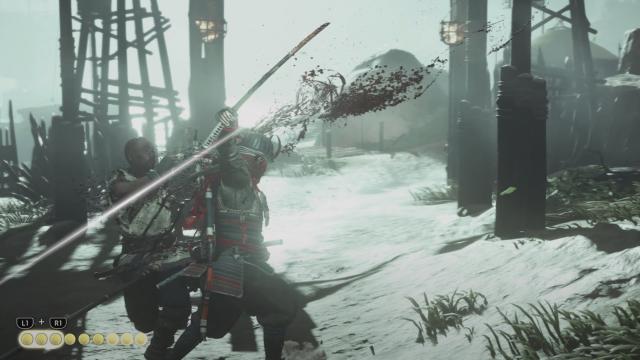
And speaking of the combat, it gets a boost from Lethal difficulty as well. Being surrounded by enemies goes from being a minor annoyance to a near guaranteed death sentence unless you make use of all the tools at your disposal. Keeping track of optional items like kunais to stun enemies and smoke bombs to make a quick escape is absolutely crucial, as diving into a crowd full of hostile combatants will almost always result in you being torn to shreds. The new lock on helps remove many of the frustrating camera hiccups that would otherwise occur, preventing many cheap deaths and helping make this difficulty feel more fair.
The boss fights, which were already one of the best parts of the original release, are also now far more tense affairs. A single mistake is often all it takes to die, but bosses also die far more quickly as well, which makes duels feel more like very fast paced tests of reflexes and skills than the endurance challenges they felt more like on Hard.
Not every problem in Ghost of Tsushima can be fixed by a clever difficulty setting and a lock on, however. A lot of Ghost of Tsushima’s quests and optional Mongol pest control service side activities do tend to get very samey. After you’ve liberated about six or seven settlements, you’ve pretty much liberated them all. And if you plan on pursuing 100% completion then get ready for a lot of samey, rescue-the-villager style quests, where you sneak into a small village area and kill all the Mongols, ideally without them killing the villagers first. In theory, more content isn’t a bad thing, but copy-pasting the same content 30 times over causes it to lose some of its appeal.
Some of the other critiques from my universally beloved original review carry over as well. Even outside of the patrolling enemies somehow having worse AI than enemies from the original Metal Gear Solid, the stealth is woefully barebones and feels like it could have been copied wholesale from basically any other open world game. The stance system involved in combat is still pretty bland in the base game at least; it basically just boils down to a test of whether you can tell what kind of weapon the enemy you’re currently fighting is holding. And the occasional forced stealth segment is about as welcome as a time bomb in a happy meal.
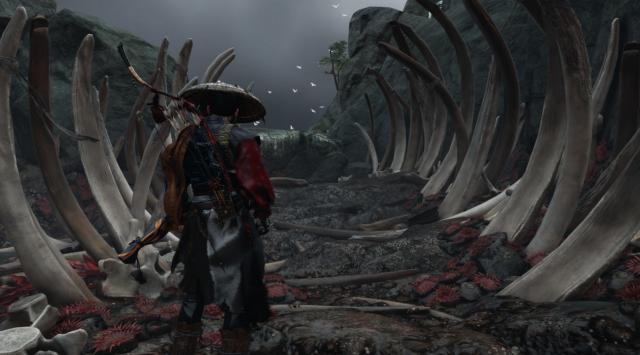
The New Content: Iki Island
Iki Island is where the bulk of the new stuff in Director’s Cut can be found. The story is something of an odd affair compared with the base game, which put a lot of work into characterizing its villain and his motivations. The plot sees Jin trekking out to Iki Island after hearing that a new band of Mongols, led by a mysterious figure known as “The Eagle,” is wreaking havoc and threatening to invade Tsushima. Unlike Khotun Khan, The Eagle remains pretty much a blank slate for much of the story, with her backstory being relegated to the odd piece of lore lying around.
The real meat of the story comes from Jin’s past, which gets elaborated on after he arrives at Iki. After shipwrecking and taking another step on his attempt to set the Guinness World Record for being captured the most amount of times in a single game, Jin is force-fed poison that occasionally turns the screen purple and makes him hallucinate visions of his childhood. During his childhood, Jin was taken by his father to put down some sort of uprising on Iki Island, and eventually had to watch his father die, and the Eagle's poison forces him to consistently relive that moment in his head.
Jin either escapes or is just let go (I’m not entirely sure; the game plays a lot with warping the player’s perspective of what’s real and what’s hallucination) and eventually meets up with a band of raiders on the island...who turn out to be the remnants of the people his father fought in the insurrection years ago. The two sides are mutually distrustful of each other but put aside their differences to work for a common goal - overthrowing The Eagle and returning Iki Island to Japanese control.
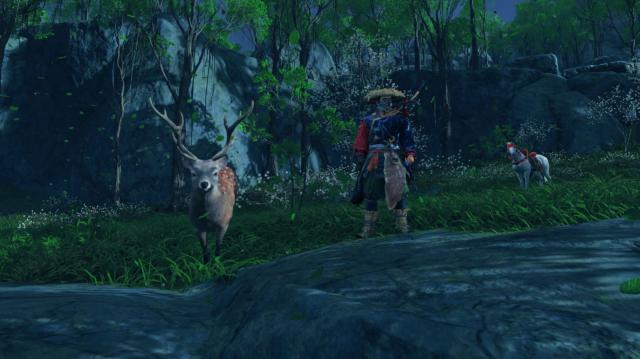
I like this direction for the story a bit better than the base game. Perhaps there’s a culture thing at play, but the original title’s struggle between samurai & ghost and themes of honor never felt particularly compelling to me. Perhaps that’s just my take as someone who feels that all obligations for honor go out the window when people show up on your doorstep and start burning your house down. This feels like a much more relatable direction; Jin struggles over his past and eventually has to come to the realization that his father isn’t the perfect individual he looked up to him as. There are heavy themes of becoming your own person and not tying yourself down to the past, which I think the average person can relate to far more.
For what it’s worth, Iki Island is a fairly short expansion - maybe about 3-4 hours of main story content with up to 10 hours if you pursue side quests consistently - but I actually kind of like it for that. Iki Island does what the base game badly needed to do; it heavily trims down a lot of the fat and lets the core mechanics run free. All of your abilities and weapons carry over from the base game, so you don’t have to worry about upgrading, collecting supplies, spending/earning experience points, etc.
The shorter run time leads to a tightening of focus, which I think Ghost of Tsushima benefits immensely from. Instead of worrying about unlockables or where to spend points, it’s all about how well you can master the full set of combat techniques at your disposal. And the enemies here do a good job of testing you on that mastery. One of the best little changes made from the original release to this expansion is having enemies that change weapons mid-battle, forcing the player to constantly keep their stance in mind.
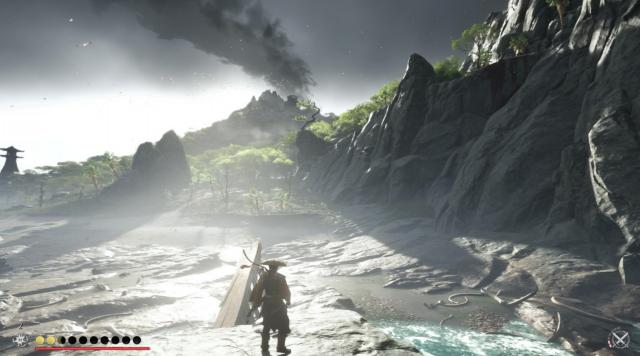
So Iki Island as a whole feels much more like a test of the player’s skill rather than a test of whether the player has gathered enough supplies and completed enough side quests. The boss fights here are where this concept is taken to its fullest, and are easily the most challenging in the entire title. Some even engage in the aforementioned weapon switching, forcing you to be on your toes at all moments. The final boss in particular feels like an actual, genuine challenge, even outside of Lethal mode, which is good. Being in a duel as a samurai should feel like a hair trigger, life and death challenge.
There are some neat side quests as well. One of my personal favorites involves tracking down a set of armor through a series of cliffs and caves, eventually culminating in another solid boss battle. The side content as a whole feels less like busy work this time around, which I wholly approve of. Rewards for completing these quests are also a bit more engaging in my opinion; the aforementioned armor serves as a risk taker’s dream, allowing players to deal more damage and stun off perfect parries but disabling regular blocking.
Add this all together with the lock on feature and Lethal mode, and you have a really interesting expansion that fixes a lot of my gripes with the original title; one that at least plays much more smoothly and focuses far less on tedious, samey quests and resource gathering. Granted, Iki Island isn’t able to escape every problem inherent in the base game. Even with the increased importance of stealth on Lethal, there’s no escaping how bad the enemy’s stealth AI is, which makes it a bit too easy to just pick off enemies one by one and get away with it. Some of the tools at the player’s disposal are still a bit overpowered as well. As long as you have a kunai available, for instance, you can basically instantly stagger every enemy around you and effortlessly dispatch a group of foes that have surrounded you.
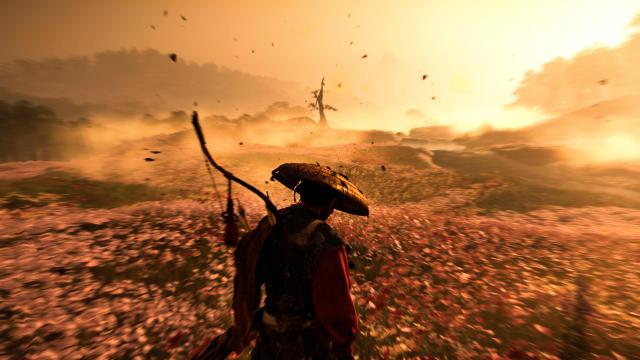
I’m also not a huge fan of the new shaman enemies, which basically serve to buff everyone around them as long as they are alive. In theory, a buffing foe can be interesting, but in reality it just forces the player to kill them before engaging with anyone else and doesn’t really make combat more interesting. Having to hit the brakes on the flow of combat so you can run around and locate the one enemy chanting on a hilltop does sort of bring the pacing to a screeching halt without any tangible benefit.
I also encountered quite a few technical issues during my playthrough. Jin frequently made a habit of trying to jump onto a rock and then getting stuck floating in mid-air, stuck in his fall animation before getting forcibly booted to the ground and taking a ton of fall damage. Another more humorous glitch saw Jin decide that he was sick of gravity as a whole and start to float around the countryside, his hips cocked as if he was riding an invisible motorcycle. On the slightly less entertaining side of things, I had to quit out of an end game quest at one point because the game failed to despawn an enemy present in Jin’s hallucinations, resulting in an invincible soldier chasing me around who was counted as part of the battalion I needed to kill to proceed.
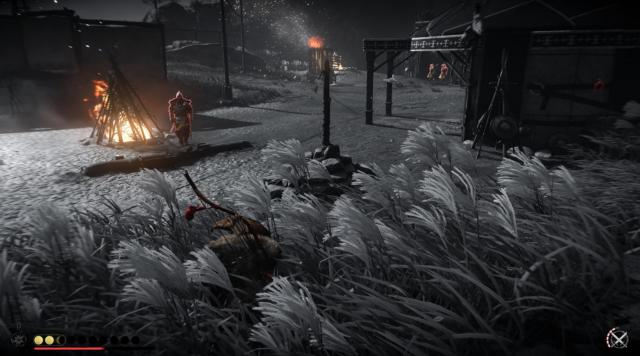
Despite this, Iki Island is a solid and vastly improved product over the base game, featuring an excellent aesthetic, some solid content, and much-needed improvements from patches made to the original material. It’s not perfect, and some of the core gameplay still certainly needs some polish, but it is an encouraging step in the right direction.
VGChartz Verdict
7
Good
This review is based on a copy of Ghost of Tsushima Director's Cut for the PS5
More Articles
GOT was one of my own personal best GOTY when it originally released so I have been eager to see how this expansion would play out.
It's pretty rare for me to dive back into a game months after putting it down but GOT might just be worthy of that feat.
The original was such an amazing game and arguably one of, if not, Sucker Punch's best game to date.
While most open world games fall privy to certain tropes (tedious fetch quests, side missions that have absolutely nothing to do in the grand scheme of things, etc...) GOT never felt like that. Every side quest, even the must mundane, felt like it was somehow tied to everything that was happening in the the main story. That for me is a big plus and one that makes GOT stand out amongst most open world titles.
It would sound like from the review that those who experienced something even slightly similar to what I did will be more than satisfied with this add-on even if their samurai skills are a little rusty.
-VIDEOGAME SAMURAI APPROVED-
I'm not a fan of the GOT abbreviations, I always read it Game of Thrones on first read. One of my favorite games on the PS4, I'm not sure if I'm ready to dive back into it just yet, but I'm sure I'll get to it at some point.
Free upgrade or $10.00 yes. other than that i will pass. do not own PS5 Yet :(








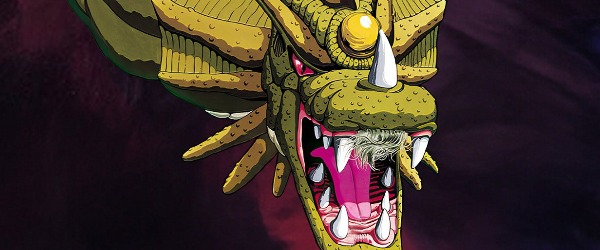
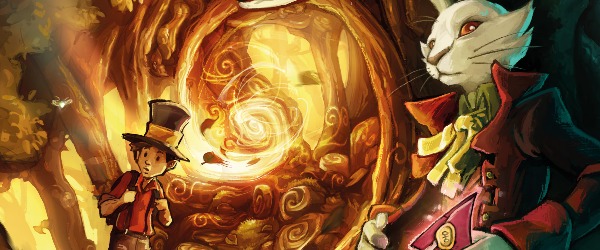
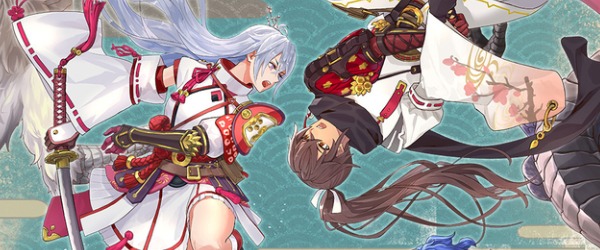
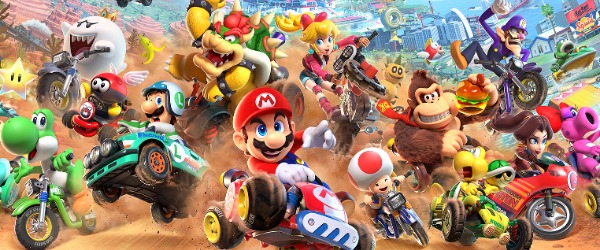












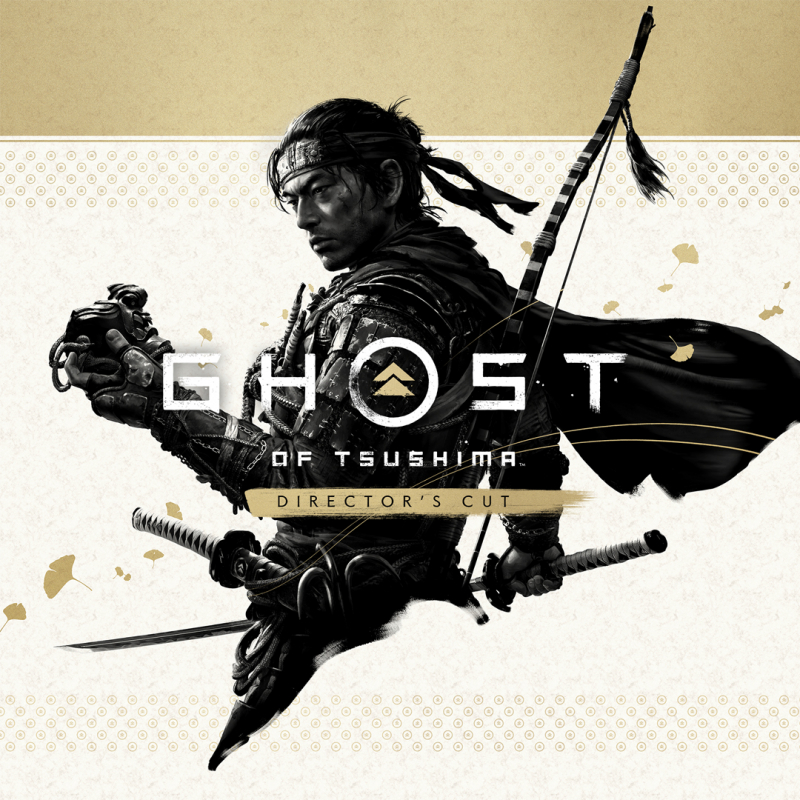



 Essay Pro
Essay Pro